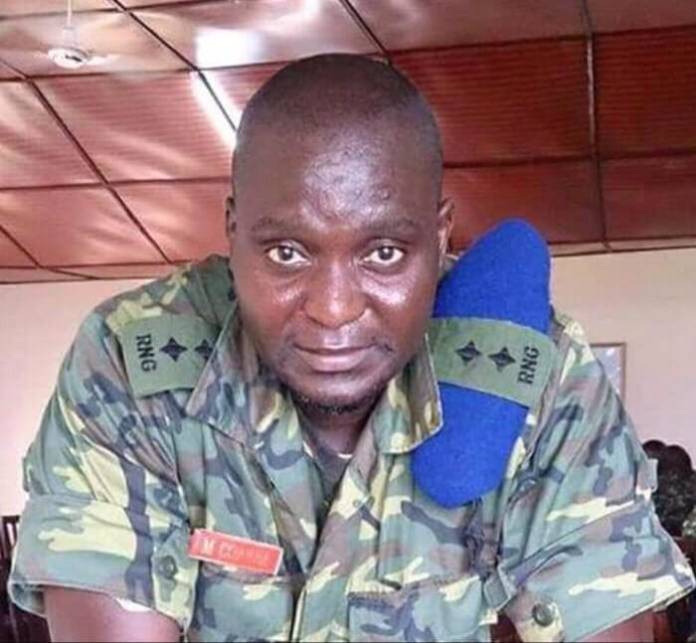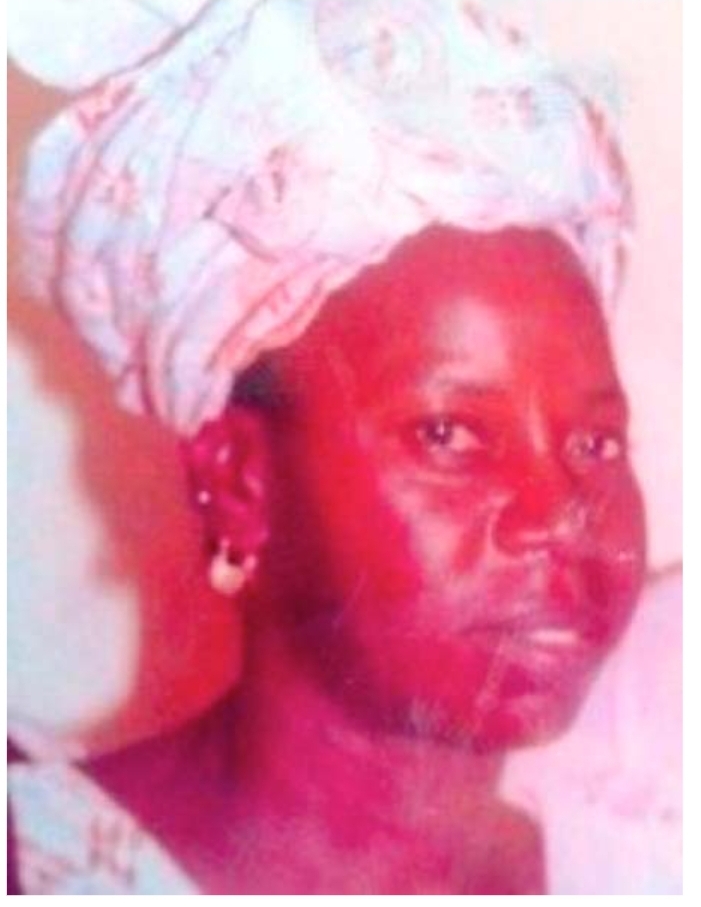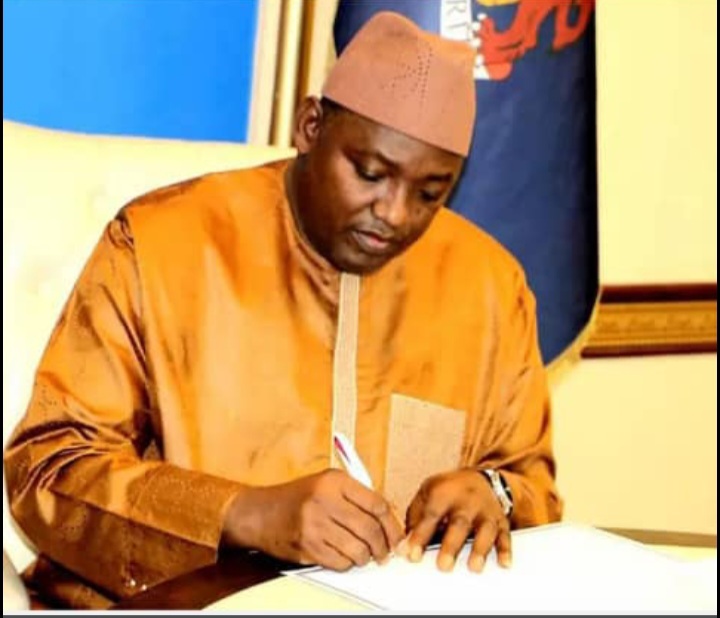Senegal, inevitably stuck in a a poverty trap and close to taking off a demographic boom that will increase population from today’s 17 million to 75 million in 2100, can take off towards Senegalissimo, the new name for the best possible Senegal, integrated in Westafrica with federal capital Guilisi. The Gambia is Senegal’s best asset with which Senegal will become superlative, therefore Senegalissimo.
Senegal has no transnational issues with The Gambia, according to the United States’ Central Intelligence Agency. In fact the relations between the two neighboring countries is at an all-time high, with an impressive bridge connecting the two countries having been completed in February 2019, a link that is likely to boost trade:
The absurd geography means anyone crossing from northern to southern Senegal or vice-versa has to enter Gambia and, before the bridge, join long queues to cross the river. The wait for the ferry could take up to a week.
The Senegambia bridge crosses River Gambie approximately towards the center of the Gambia, circa 80 kilometers east of The Gambia’s capital Banjul. The particular, capricious, original geography of the two nations, was not long ago not divided by borders. Senegambia was in fact a West African region, and subsequently after independence, a federation between the two countries between 1981 and 1989. The Commonwealth explains how the Senegambia Province became two different countries:
In the early 19th century Britain established a military post on Banjul island (then called Bathurst) in order to suppress the slave traffic on the River Gambia carried on by American and Spanish vessels. In 1823, MacCarthy Island (270km up-river) became a settlement for liberated slaves. In 1888, alarmed by French influence in Senegal, Britain seized the river and the land on both sides of it; thus The Gambia became a separate country, the downstream part of the country being a colony and the upstream part a protectorate, and a Gambian legislature was established. Previously, the much smaller territory had been administered from Sierra Leone. A legislative council gradually became more representative as progress towards independence was made.
Two countries that must cooperate to survive, Senegal and The Gambia along with Guinea Bissau are very correlated in all indicators, including per capita income, and hence the three are stuck in a trap of extreme poverty and stagnation.
Senegal’s challenges ahead are formidable, particularly because the country’s population will almost quintuple before 2100. The Gambia’s more modest increase should be more manageable. Both countries are complementary and in fact could teach one another, beginning with the language. Major changes are necessary, beginning with regional integration. The quality of democracy is Senegal and The Gambia is significantly better than in Guinea Bissau, which has historically suffered from a chain of coups d’etat since independence from Portugal in 1974.
The first priority for Senegal is to emancipate from Paris’ political influence. France still runs the monetary policy of the two Francophone monetary unions. In January 2019 tensions between France and Italy emerged as Italy’s Deputy Prime Minister accused France of impoverishing Africa. The allegations have much to do with France’s intrusion in the monetary policy of the two monetary unions:
France is one of those countries that by printing money for 14 African states prevents their economic development and contributes to the fact that the refugees leave and then die in the sea or arrive on our coasts.
Africanews discusses “How true are allegations of France impoverishing Africa?”. Deutsche Welle analyzed in 2017 “Why are ex-colonies in Africa so important to France?”. I have analyzed France’s decadence in my piece “Pourquoi la France Ne Marche Pas”. France’s issues are not only related to Paris’ centralism, but also to Paris’ nostalgia of the former colonial empire, a nostalgia very present still in Britain -thus Brexit- and Portugal, but not my native Spain which certainly has other problems including separatism in Catalunya.
One trend remains, however, that France is nowadays, the only former colonial empire that still has a notable presence in West Africa, either through economic influence or military presence. Senegal and The Gambia must emancipate to embrace their own regional agenda of integration. Senegal’s formidable population boom could, in fact, be of benefit to France and the European Union, which will need to attract migrants to remain competitive. But Europe will need educated Africans, not desperate refugees risking their lives to aspire to a lifestyle they have possibly watched on television.
After the fact, Senegal’s loss in the African Cup of Nations against Algeria in July 2019 could only be good news, since Senegal’s political elite -with a per capita income 10% that of Algeria- would have been likely to embrace the win to hide the country’s miserable economic performance, for an analogy see “The Madagascar Effect” and President Andry Rajoelina’s award of knighthood to the football players who merely reached the quarterfinals in the same tournament.
Canada’s -not France’s- involvement in the building of Westafrica could, in fact, prove extremely valuable since Canada is a de facto French-English bilingual nation. If young Senegalese and Gambians grow up in a thriving educational environment that teaches them to be bilingual in two extremely widespread useful languages, job prospects will no doubt increase dramatically. According to Canada’s constitution, French and English“ have equality of status and equal rights and privileges as to their use in all institutions of the Parliament and Government of Canada”.
Jaime
Ends





Hi there to all, how is everything, I think every one is getting more from this website, and your views…
That is so true. Omg, you nailed it. That is exactly typical Gambian attitude unfortunately, it is very depressing.
Ba Buwa is a great man! I first heard his name when I was in Kiang Karantaba Primary School between…
[…] cuatro cuestiones que el comité no pudo resolver son las siguientes: canepa kanye Bubba (Bobby) Sangiang y Momodo Lamine…
Honestly, everything you said here was true and valid. He is obviously my inspiration and motivation. He is my Dad.